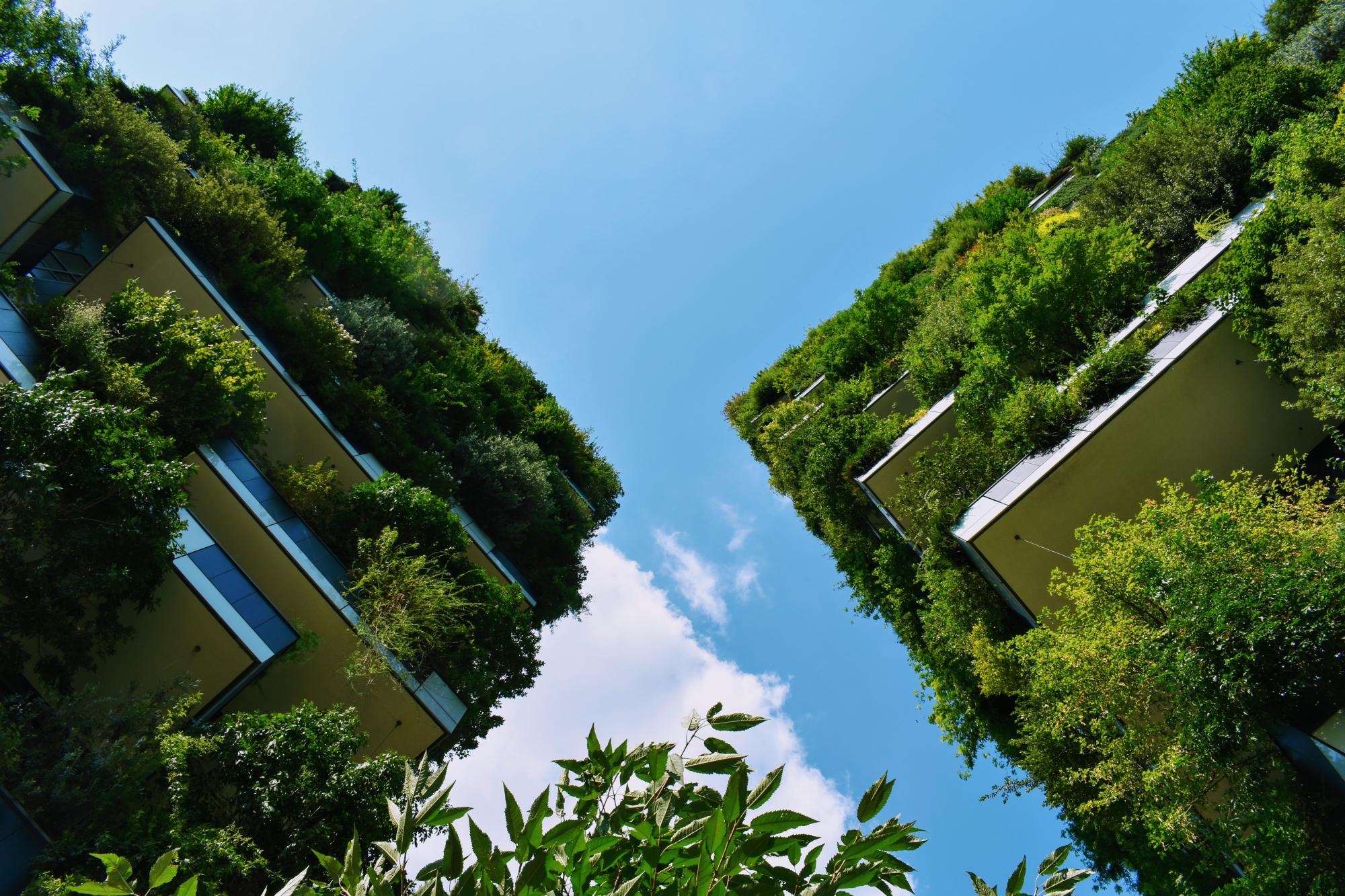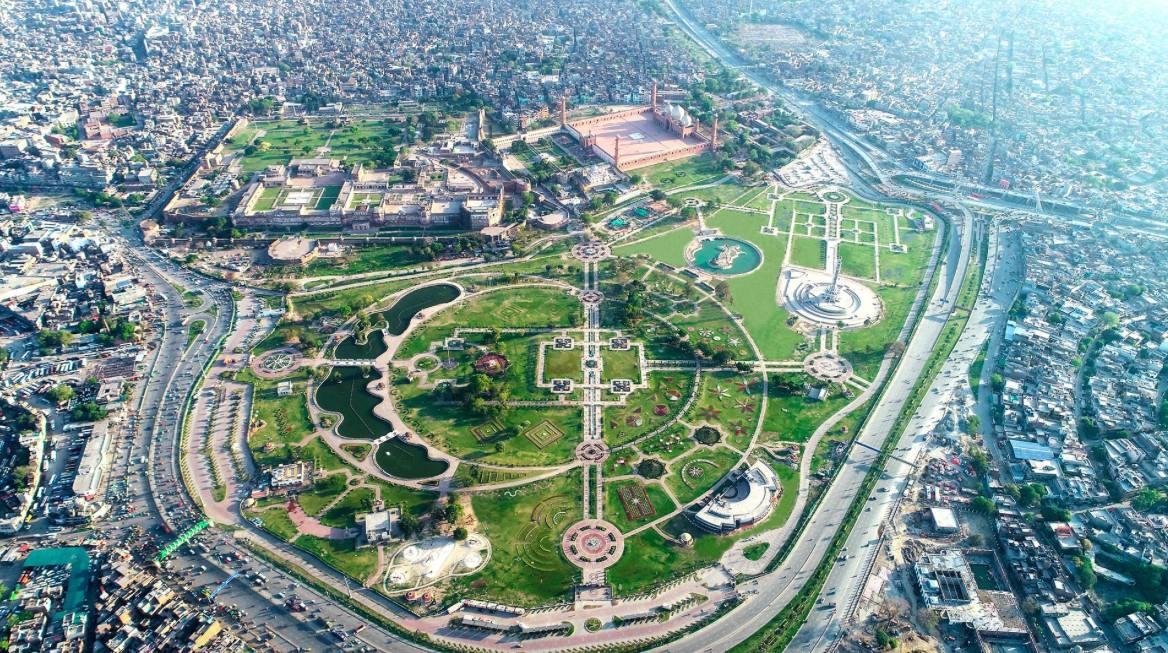The Greater Iqbal Park is one of Lahore's largest and most beautiful parks and is located in the suburbs of the Walled City of Lahore. The park was built in 1971 and is named after the national poet of Pakistan, Allama Iqbal (7). The redevelopment of Greater Iqbal Park was approved in 2015 by the Government of Punjab. The project was developed under the supervision of the Parks and Horticulture Authority (PHA). The landscape plan was designed by the joint collaboration of national (NESPAK) and international (Sites International) consultants. The on-ground earthwork and construction were carried out by Habib Construction Services, a Pakistan-based engineering construction company (1, 5, 4, 11). The design idea of the project focused on revamping the area to create a welcoming environment in the environs of the city’s densely populated areas (6). The project aimed to renovate and preserve Minar-i-Pakistan Monument and expand the area of the park to 125 acres. It features elaborate walkways and manicured gardens with state-of-the-art landscaping to boost tourism opportunities The project envisioned enhancing the cultural heritage by creating green spaces with various species of plants and trees along the park to ensure efficient facilities for the users. The 125-acre green oasis is surrounded almost entirely by the old city of Lahore (1, 3, 4, 11, 12). The park was inaugurated in December 2016 with state-of-the-art facilities for users, whereas the overall project including the development of the National Museum was completed in 2018. The park has been designed in a manner that its aerial view resembles the national symbol of the star and the crescent. (3,11)
Overview
Nature-based solution
- Parks and urban forests
- Large urban parks or forests
Key challenges
- Green space, habitats and biodiversity (SDG 15)
- Green space creation and/or management
- Cultural heritage and cultural diversity
- Preservation of natural heritage
- Protection of historic and cultural landscape/infrastructure
- Economic development and employment (SDG 8)
- Tourism support
Focus
Project objectives
Implementation activities
Main beneficiaries
- Local government/Municipality
- Citizens or community groups
- Young people and children
Governance
Management set-up
- Government-led
Type of initiating organisation
- Regional government
- Local government/municipality
- Public sector institution
Participatory approaches/ community involvement
- Unknown
Details on the roles of the organisations involved in the project
Project implemented in response to ...
Financing
Total cost
Source(s) of funding
- Public regional budget
Type of funding
- Unknown
Non-financial contribution
Impacts and Monitoring
Environmental impacts
- Green space and habitat
- Increased green space area
Economic impacts
- Increased property prices
- Stimulate development in deprived areas
Socio-cultural impacts
- Cultural heritage and sense of place
- Increased sense of place identity, memory and belonging
Type of reported impacts
Presence of formal monitoring system
Presence of indicators used in reporting
Presence of monitoring/ evaluation reports
Availability of a web-based monitoring tool
References
2. Developing Pakistan. (2018). Aerial View of Greater Iqbal Park Lahore. (Facebook). Available at: Source link (Accessed: January 22, 2023)
3. Adnan, I. (2016). Green project: ‘Park extension to be completed within year’. The Express Tribune. Available at: Source link
(Accessed: January 22, 2023)
4. Adnan, I. (2015). PHA pre-qualifies firms for Greater Iqbal Park project. The Express Tribune. Available at: Source link (Accessed: January 24, 2023)
5. NESPAK. (NA). Greater Iqbal Park. Available at: Source link (Accessed: January 22, 2023)
6. Sites International. (NA). Greater Iqbal Park. Available at: Source link (Accessed: January 22, 2023)
7. Traveler Trail. (N/A). The Greater Iqbal Park – A Treasure of Lahore. Available at: Source link (Accessed: January 22, 2023)
8. PML(N). (2016). 3D Renders of Greater Iqbal Park Lahore. (Twitter). Available at: Source link (Accessed: January 22, 2023)
9. Dawn News. (2016). Greater Iqbal Park. (Youtube). Available at: Source link (Accessed: January 22, 2023)
10. Dawn News. (2016). Grater Iqbal park project to complete on 9th Nov. (Youtube). Available at: Source link (Accessed: January 22, 2023)
11. Express Tribune. (2016). Greater Iqbal Park to open for public on August 14. Available at: Source link (Accessed: January 24, 2023)
12. Adnan, I. (2016). For Iqbal Park, Rs10m worth of trees. Available at: Source link (Accessed: February 3, 2023)
13. New Todays (2021), Mismanagement in the Project of Greater Iqbal Park, available at Source link (Accessed February 12, 2023)







